Ann Shafer One of the best parts about working with a large print collection is solander-box surfing. Once the print originally sought is found, the rest of the prints in the box are there to peruse. Many a wonderful discovery is made this way.
Solander-box surfing at the National Gallery is how I first discovered Asa Cheffetz (I worked there in the 1990s). I tripped over his beautiful wood engraving, Reflections in Crystal, 1946, which was created as a publication for the Woodcut Society. In fact, it was still in its Woodcut Society folder when I came across it. The folder included extensive statements by John Taylor Arms, who wrote, “Cheffetz’s prints evince a happy union of technical skill with poetry and nobility of feeling,” and Cheffetz himself. I was fascinated by how the artist captured the reflections in crystal in black and white. Struck by its graphic quality and beauty, I looked to see what other examples of Cheffetz’s wood engravings were in the box. The Woodcut Society was one of a startling number of print-related publishers, associations, societies, and clubs formed in the 1930s. Their history is a whole other topic; for now, know the Woodcut Society published two of Cheffetz’s wood engravings. [The Woodcut Society is fascinating. Cori Sherman North describes it thusly: “Stemming from an interest in collecting hand-printed bookplates, in 1932 Kansas City grain merchant Alfred Fowler (1889–1959) established the Woodcut Society with the sole aim of increasing ‘interest in fine woodcuts as a medium of artistic expression.’ He planned to commission and publish two new woodcut prints each year, proposing a subscription-based organization limited to 200 members who, for $10 in dues per year, would receive the woodcuts mounted in a presentation folder printed by the Torch Press of Cedar Rapids. As the Woodcut Society was primarily geared toward print collectors, and ‘intended to be savored in the intimate setting of one’s private library,’ the folders each opened to the print facing a page essay by a noted print authority or penned by the artist.”] In addition to Reflections in Crystal, Cheffetz’s subjects range from bucolic New England landscapes of barns in snow and in the heat of summer to working fishing vessels tied to piers. He also created two favorite urban images, one of rooftops in snow and the other of laundry lines behind city tenements. The American scene was precious to him. He wrote: “I love this fertile land, and the simple way of life of its rugged people. I love the very temperament of the land in all its moods.” His wood engravings were always popular with students in the BMA’s study room. They are simple yet so effective and fine. As you scroll through the images, don’t miss the calendar from c. 1934. Twelve prints are mounted in a folder, which is hand notated by Cheffetz. When opened it always surprises students that they are all separate, tiny prints, and not twelve prints on one sheet. Each month is represented by a separate print, each of them is ¾ x 1 inch. Yes, you read that right, less than one inch square. The calendar always sets mouths agape. I always feel I should include some information on the artist, so here you go. Cheffetz was born in Buffalo, NY, and ended up living in Springfield, Massachusetts, for most of his adult life. He studied at the School of the Museum of Fine Arts Boston, and subsequently at the National Academy of Design in New York. Following serving in the Navy during World War I, he worked in what he called the “routine of business” (read, not art) until he could devote himself to art full time after 1927. New England’s landscapes continually featured in his work. He wrote: “The passion for the New England scene remains undiminished to this day. I have since continued to cut wood, and continue to be fascinated by the spell of my own countryside.” He is less well known than many, but I think he deserves a look. I love his sensibility, the graphic quality of his compositions, the delicacy of the cuts, the way he captured atmosphere and weather. Oh, and those reflections. See if you agree.
7 Comments
Becky Redett
12/30/2020 08:39:20 am
That glass! Wow!
Reply
Daniel McKay
3/27/2021 06:27:58 pm
I have a signed Asa Cheffetz “Up North” print that has been in my in-law’s home for as long as I can remember. The print is now in my wife’s possession since the passing of her mother and father. My father-in law who lived in Springfield, MA all his life said to always hold on to the print because of its value. Can you provide any more information on the print.
Reply
3/29/2021 08:46:49 am
Hi Dan. I don't know much aside from what one can glean from online sources. If you are interested in selling the print, check out the offerings at Paramour Fine Arts or other print dealers. That will give you a sense of what the prints sell for these days. But, I hope you keep enjoying the print. Cheffetz's works are really wonderful. Good luck, Ann
Reply
KB
12/6/2021 06:50:47 pm
Hi Ann,
Reply
Ann Shafer
12/7/2021 10:04:12 am
KB, thanks for writing in. Many of us love the matrices for prints, although not every institution collects them. You have several options. You could consign or sell your prints and matrices to a dealer. Or you could consider donating them to an institution (you'd get a tax write-off). One dealer that comes to mind is Paramour Fine Arts. They have a bunch of Cheffetz's prints. Good luck!
Reply
Ann Shafer
7/1/2024 09:35:52 am
Thank you, Tabitha, for leaving a comment about the blog. I’m still a big fan of Cheffetz’s woodcuts and am glad to find a like-minded appreciator.
Reply
Leave a Reply. |
Ann's art blogA small corner of the interwebs to share thoughts on objects I acquired for the Baltimore Museum of Art's collection, research I've done on Stanley William Hayter and Atelier 17, experiments in intaglio printmaking, and the Baltimore Contemporary Print Fair. Archives
February 2023
Categories
All
|
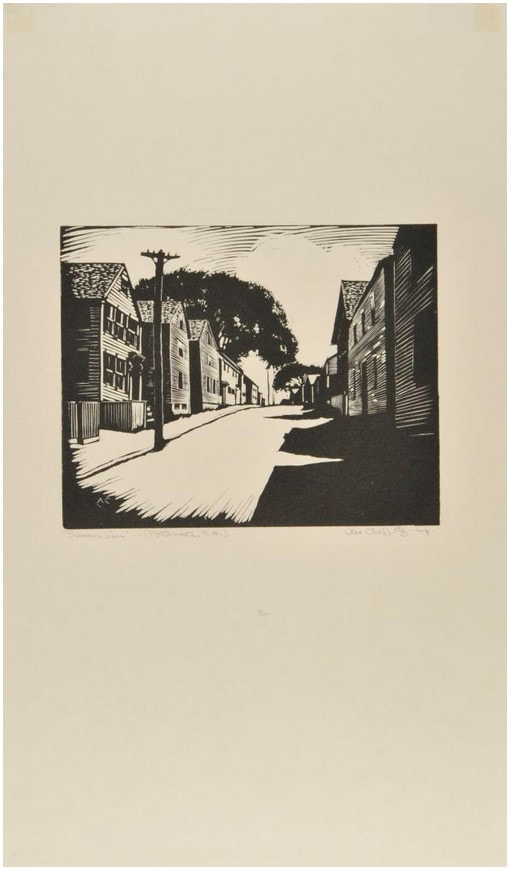
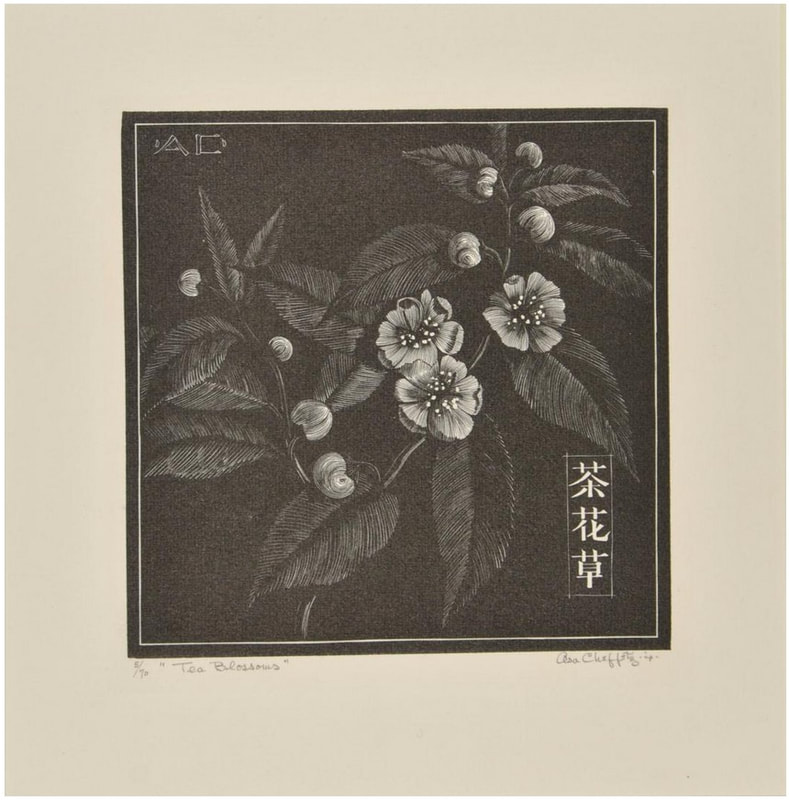
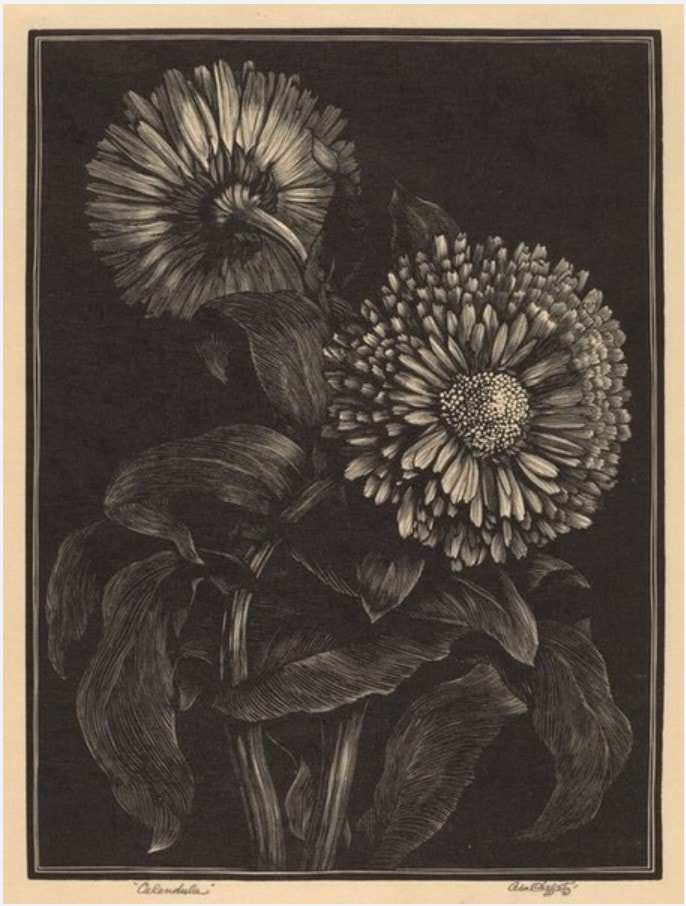
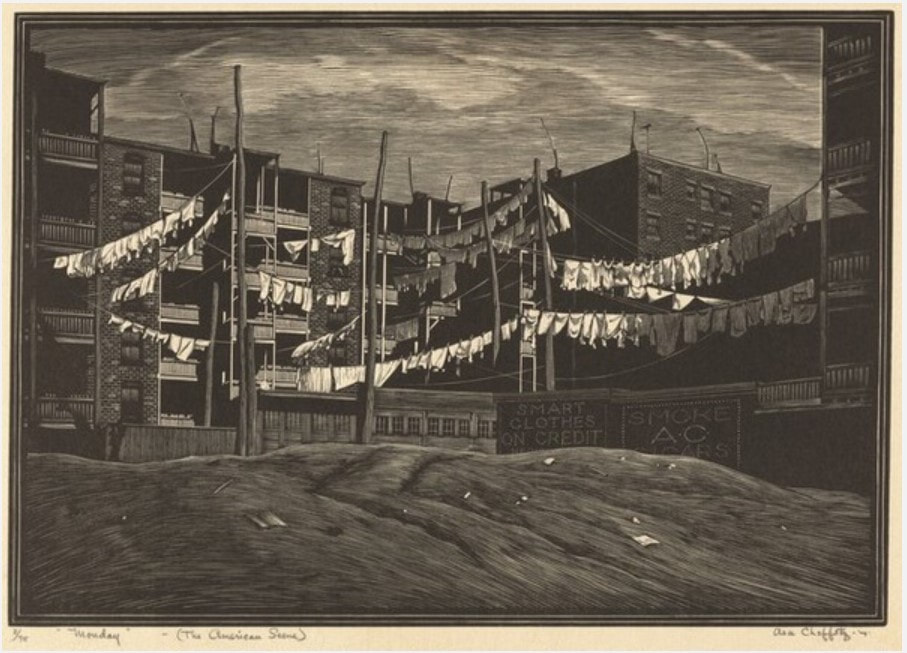
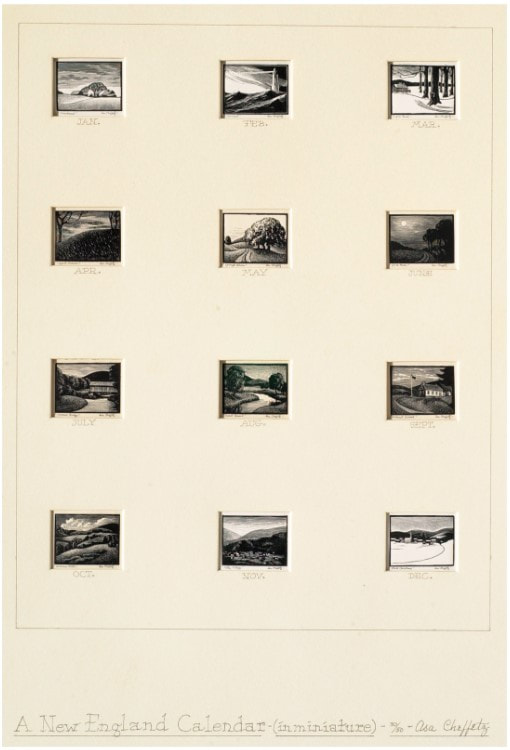
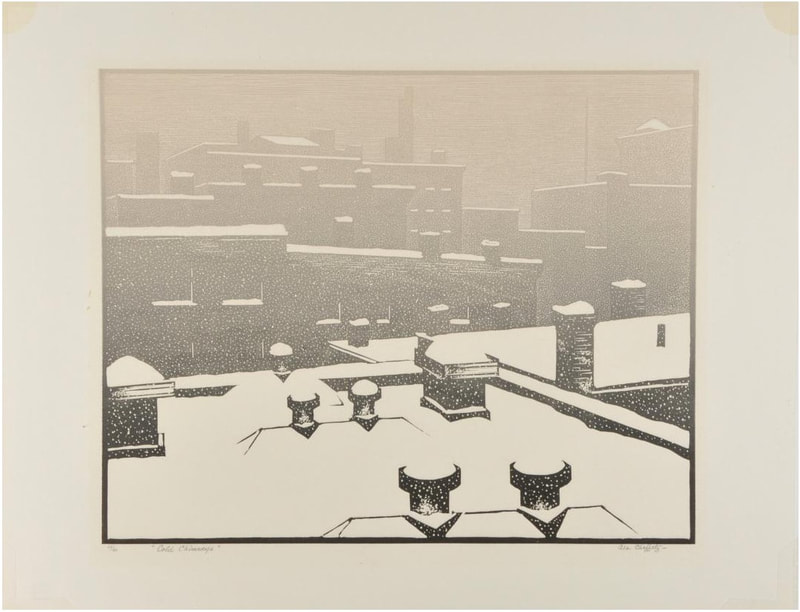
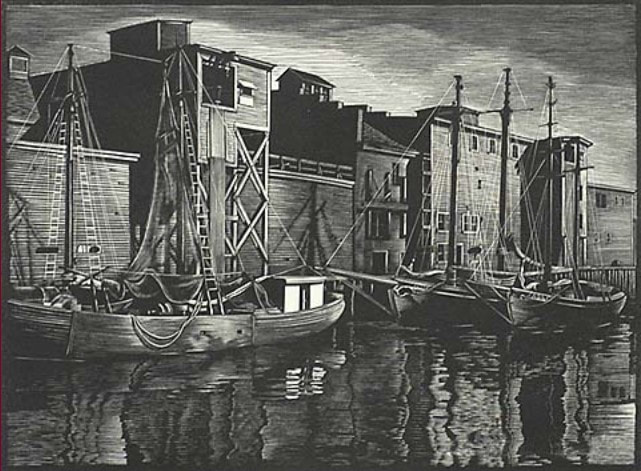
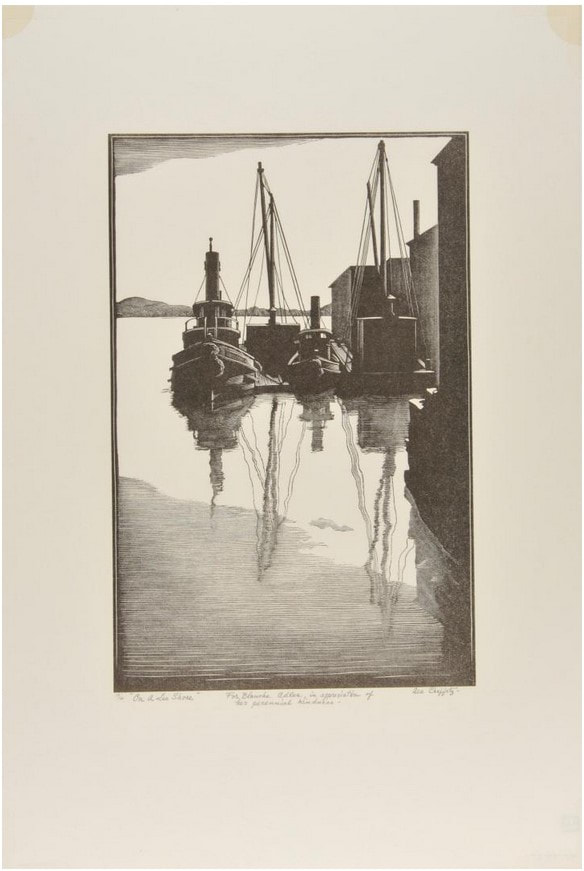
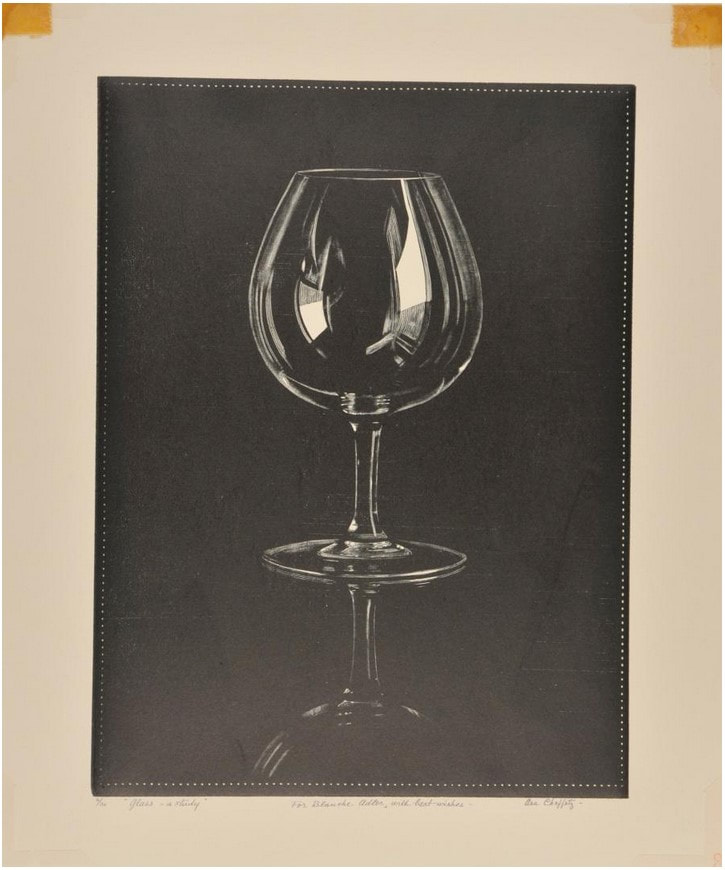
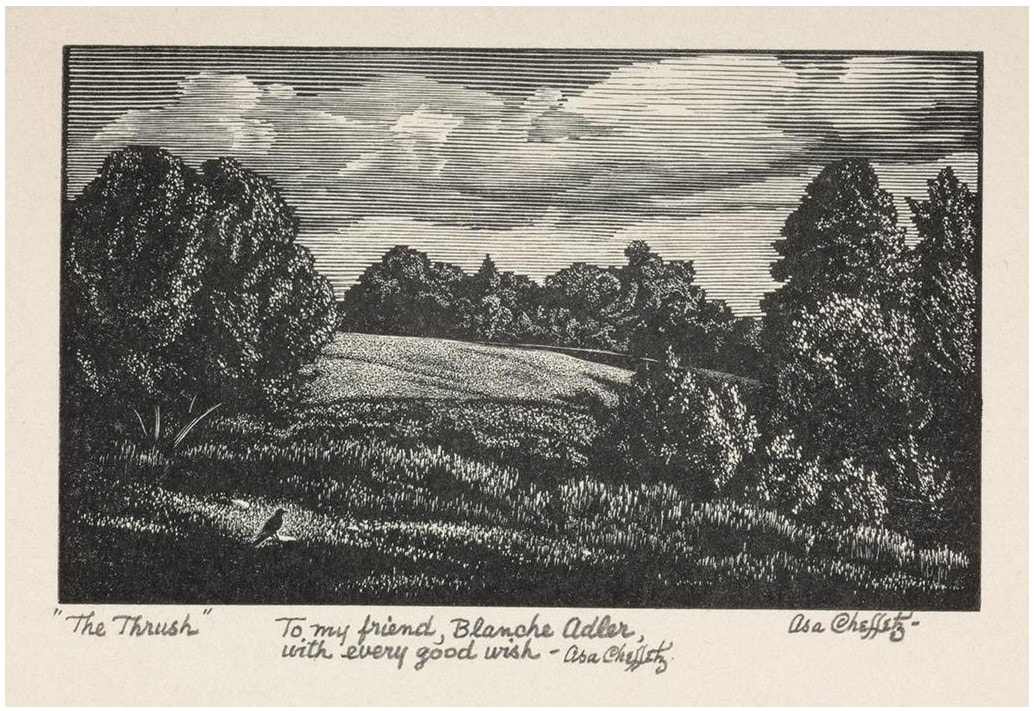
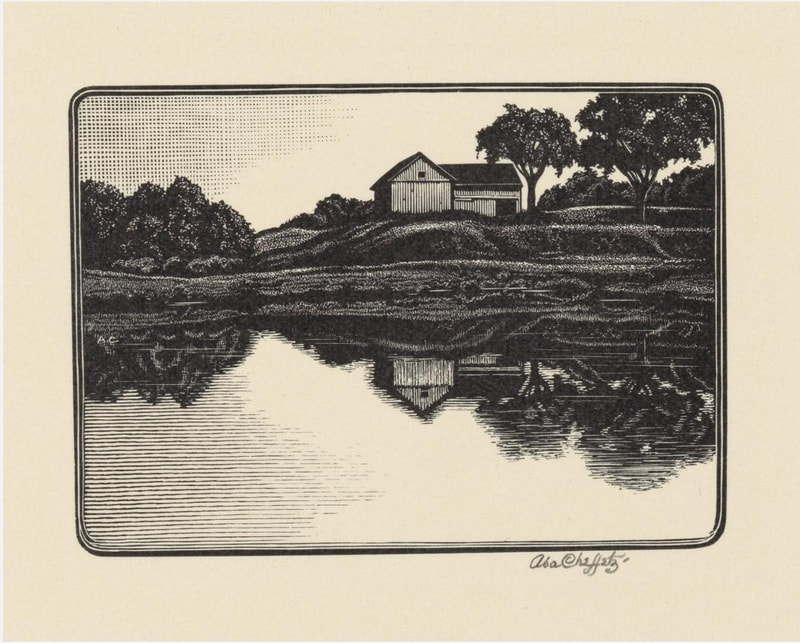
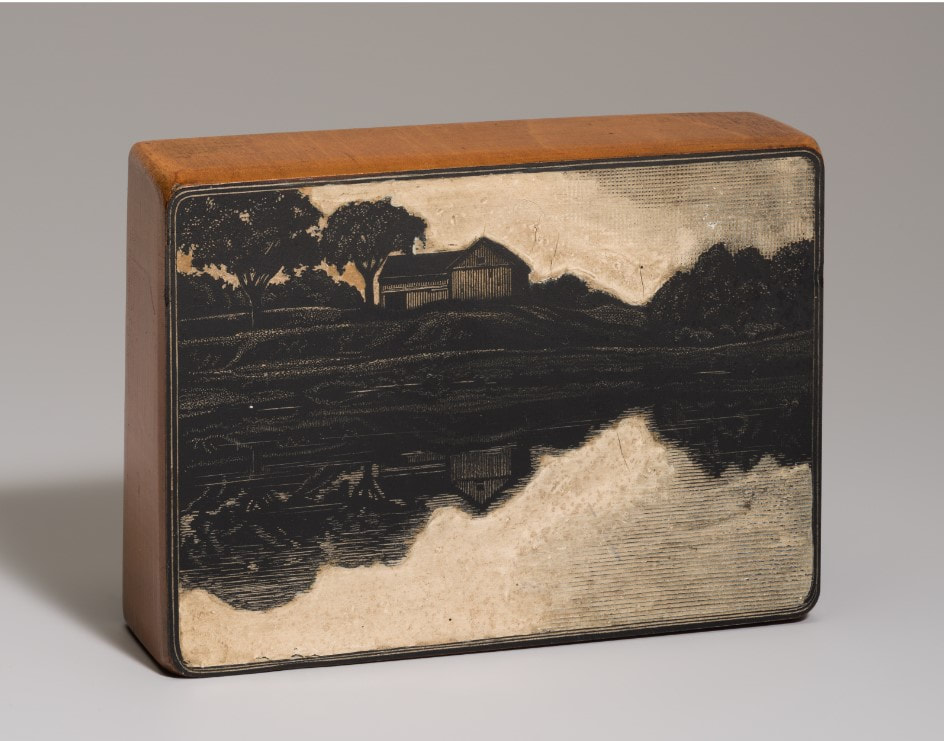
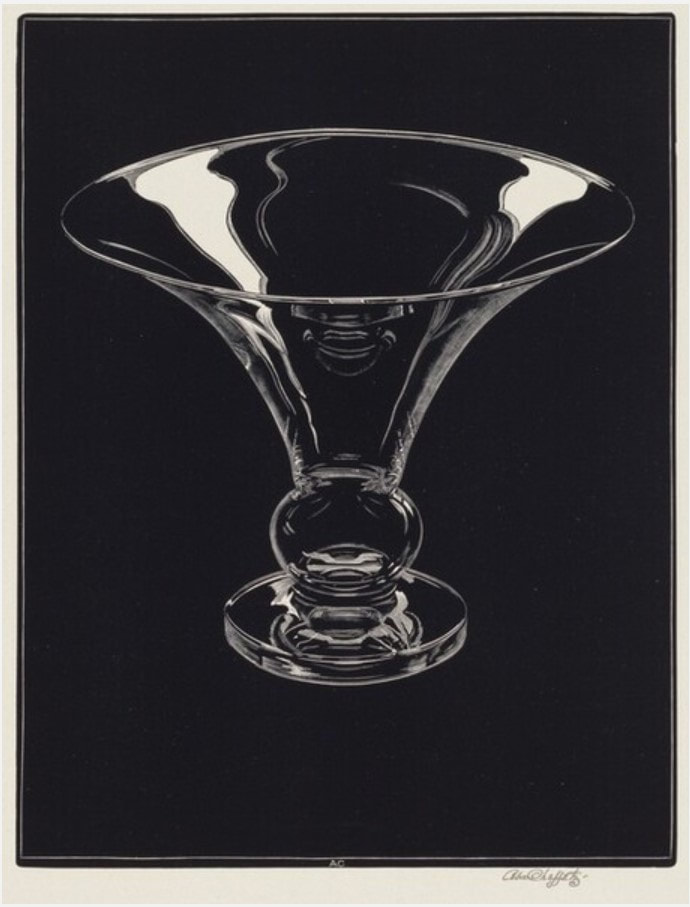
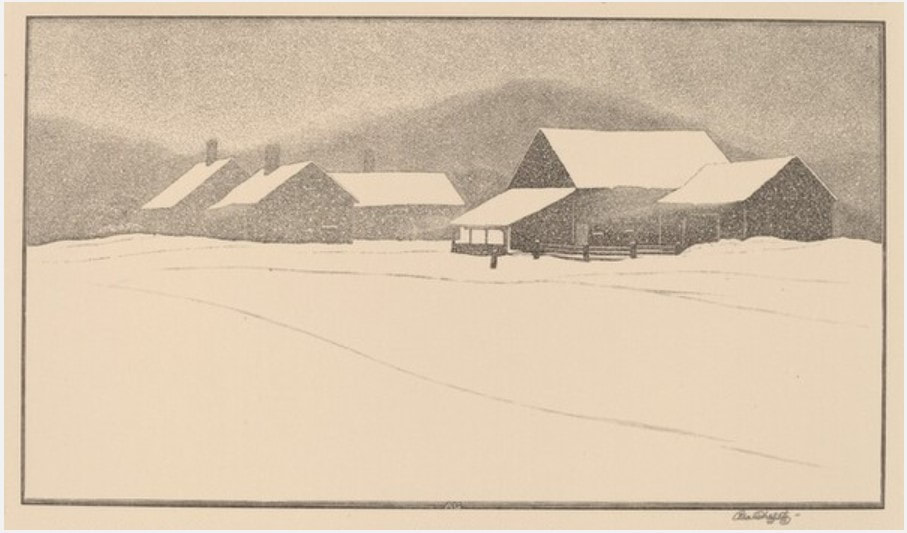
 RSS Feed
RSS Feed